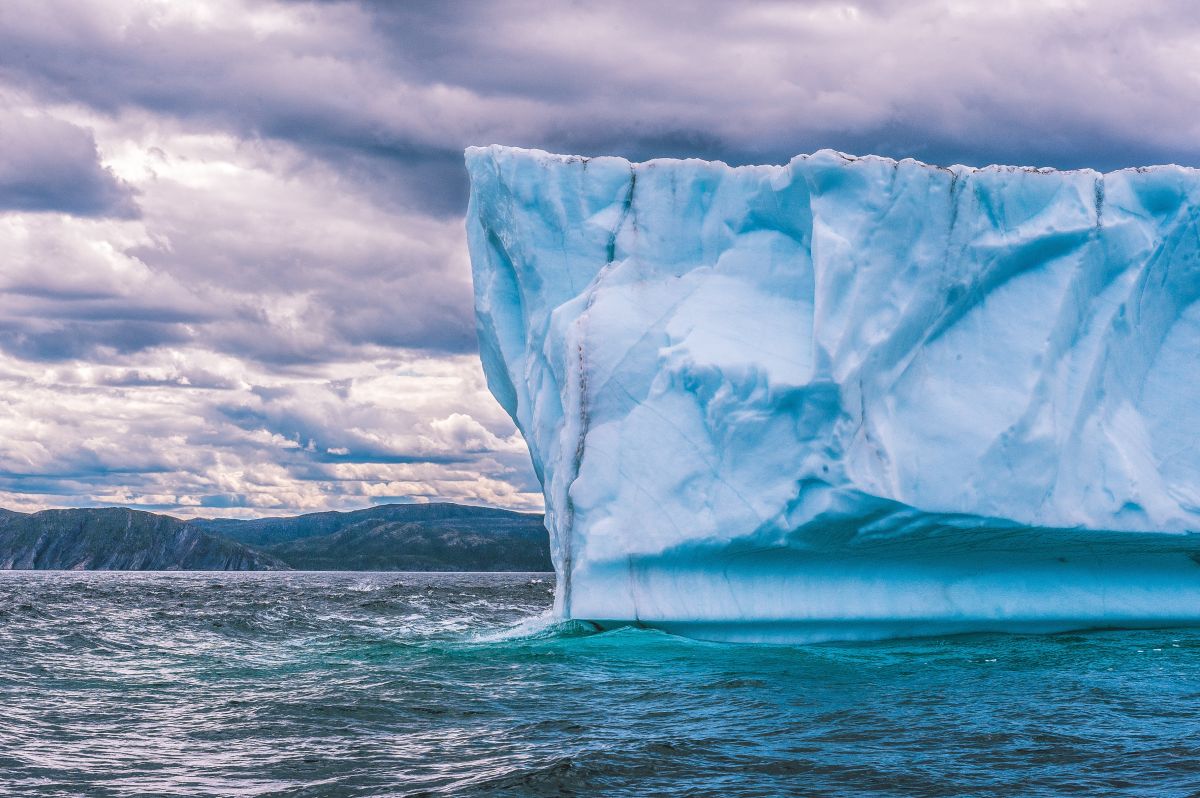
In June 2017, the iceberg named A68 broke away from the Larsen C ice shelf, east of the Antarctic Peninsula.
Foto:
Harrison Haines / Pexels
A giant iceberg calved from Antarctica in 2017, and which finished melting months ago near South Georgia Island, released more than 150,000 million tons of fresh water, which could alter a fragile ecosystem, According to a study published in the journal Remote Sensing of Environment.
The loss of polar ice in the form of icebergs that later melt is a natural process, but global warming is helping to speed it up, according to scientists.
gigantic iceberg A68
In June 2017, andhe baptized iceberg A68 broke away from the ice shelf, Larsen C, east of the Antarctic Peninsula. This giant measured 5,800 square kilometers, double that of Luxembourg, and was the sixth largest ever detected.
After two years in the cold waters of the Weddell Sea, it began to drift north, entering the Atlantic, where it finished melting near South Georgia Island in the southern spring of 2021, 4,000 km from its point of origin. departure.
In the fall of 2020, the iceberg had come perilously close to that island, raising fears that the pack ice might run aground, blocking passage to colonies of penguins and seals.

A68 ultimately did not run aground, but now researchers, who have followed every stage of its journey, are wondering about the melt’s impact on the food chain.
Impact on the properties of water and plankton
During the three months in 2020-2021 that it completely melted off South Georgia Island, the iceberg released a total of 152 billion tons of fresh water mixed with nutrients in this fragile ecosystem. That is equivalent to 61 million Olympic swimming pools or 20 times the size of Loch Ness, the British Antarctic Survey research center, which participated in the study, said in a statement.
“This is a huge volume of water, and now we want to determine whether it has had a positive or negative impact on the ecosystem around South Georgia,” said lead study author Anne Braakmann-Folgmann of the Center for Observation and Polar modelling.
The study stresses that this volume of water, dumped into a sea where seals, birds and whales feed, could have affected “the properties of the water and plankton.”
The study of this impact is all the more important since the A68 “took a classic route”, says Anne Braakmann-Folgmann. “We hope to learn more about icebergs following the same path and how they influence the polar oceans.
With information from DW.
Also read:
Antarctica’s “Doomsday Glacier” could collapse in 3 years and raise sea levels
2021 was one of the seven hottest years ever recorded
· Climate change: why the economy would be seriously affected by the melting of glaciers
eldiariony.com
Eddie is an Australian news reporter with over 9 years in the industry and has published on Forbes and tech crunch.